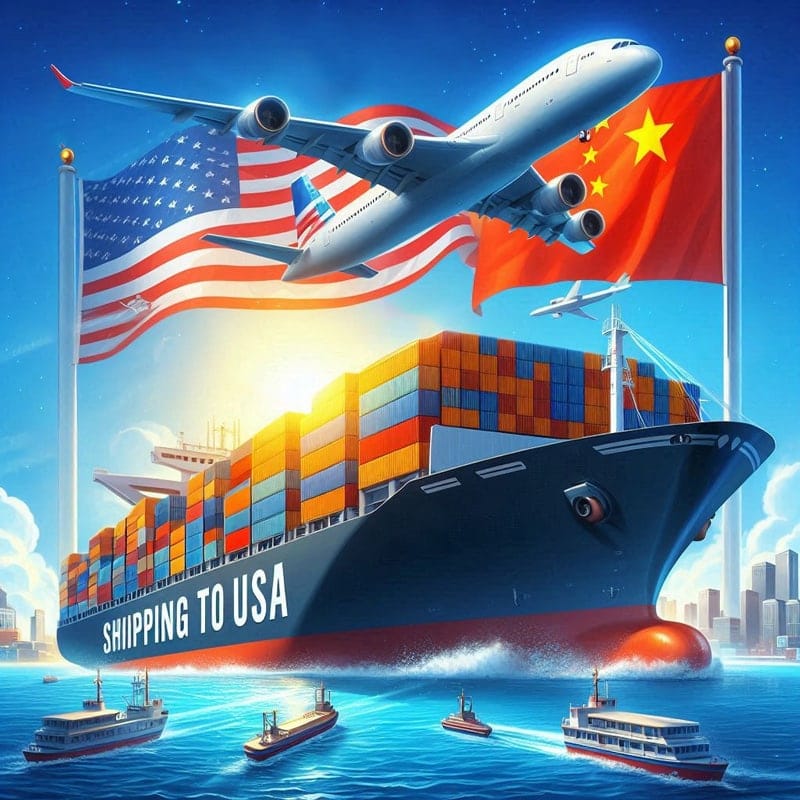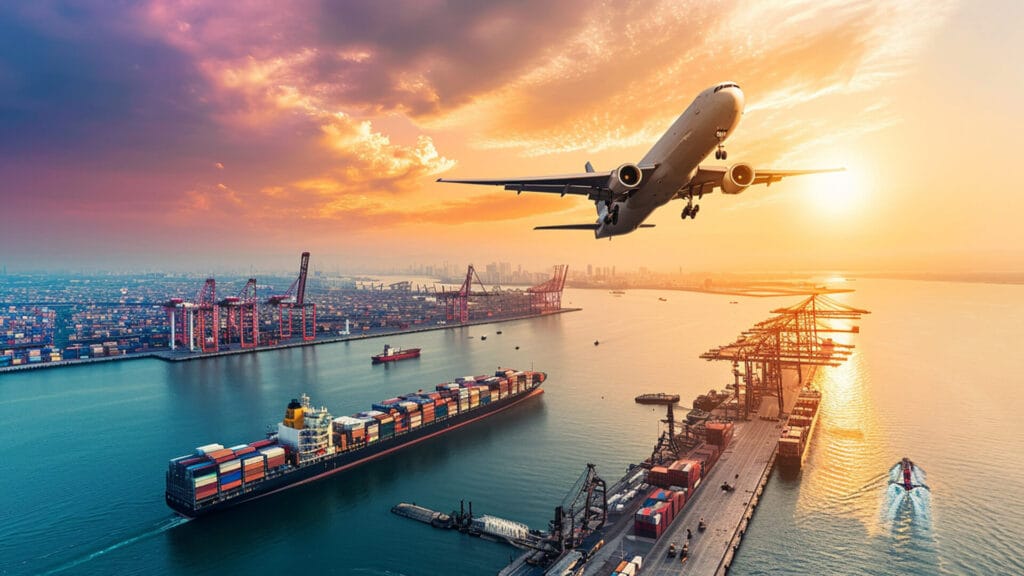The customs clearance link in international logistics is crucial, which directly affects whether the goods can enter the destination country smoothly. Customs clearance from China to the United States requires multiple steps, involving various documents and regulations. This article will provide a detailed description of customs clearance for Shipping from China to the USA.

Overview of Customs Clearance
Customs clearance refers to the process of legal import and export of imported or exported goods under customs supervision through a series of procedures, including declaration, inspection, taxation, release, etc. The customs clearance process from China to the United States is relatively complicated. For goods from China to the United States, the customs clearance procedures must strictly follow the requirements of the U.S. Customs and Border Protection (CBP).
Requirements for Imported Goods
Goods imported into the United States must comply with a series of legal and safety requirements. The following are some of the main requirements:
- Special commodity license: For some special commodities, such as food, medicine, chemicals, pesticides, dangerous goods, etc., it is necessary to apply for an import license in advance and comply with relevant regulations such as FDA.
- Import license: Some commodities may require specific import licenses or approvals. For example, some agricultural products and drugs require approval from the United States Department of Agriculture (USDA) or FDA.
- Labeling requirements: Some specific products (such as food, textiles, cosmetics, etc.) need to be labeled with specific information (such as ingredients, origin, etc.) in accordance with US law.
Documents Required for Customs Clearance from China to USA
When clearing customs, importers need to prepare a series of documents. Common customs clearance documents include:
- Commercial Invoice: This document should list the detailed information of the goods, including commodity description, quantity, unit price, total price, etc.
- Packing List: This document provides detailed information about the packaging of the goods, such as the size, weight and contents of each box.
- Bill of Lading: The bill of lading is a transportation contract between the carrier and the shipper, indicating that the goods have been transported.
- Customs Declaration: A detailed import goods declaration form must be submitted, listing the detailed classification, valuation and other information of the goods.
- Certificate of Origin: This document proves the place of production of the goods, which is crucial for the calculation of tariffs for certain goods and whether to enjoy preferential trade policies (such as tariff reductions).
- Import Permit: For certain goods (such as food, medicine, etc.), an import permit from the relevant department is required.
- Insurance Certificate: When purchasing insurance for goods, an insurance certificate is required.
You may also be interested in: What is ISF in International Trade
Calculation of Tariffs from China to USA
When shipping from China to the United States, the calculation of tariffs and taxes mainly involves the following aspects:
Customs Duty
The United States imposes tariffs on goods imported from China. The amount of tariffs mainly depends on the following factors:
- HS Code of the goods: The tariff rate is usually determined by the category and customs code of the goods.
- CIF value (Cost, Insurance, and Freight) of the goods: Tariffs are usually calculated based on the CIF value, which is the sum of the cost of the goods, transportation costs and insurance costs.
- Calculation formula: Tariff = CIF value × tariff rate
Value Added Tax and Sales Tax (Sales Tax and VAT)
In the United States, imported goods are generally not subject to value-added tax (VAT), but some states impose sales tax.
Sales tax is usually determined by the value of the goods, the type of goods and the state law of the shipping location. Some states exempt certain goods (such as food, clothing, etc.) from tax.
Anti-dumping Duties
For certain goods imported from China, the United States may impose anti-dumping duties. Anti-dumping duties are intended to prevent foreign goods from entering the U.S. market at prices below market price, which would affect fair competition in U.S. local industries.
Whether to impose anti-dumping duties, the tax rate and the scope of application are determined based on the trade policies of specific goods and industries.
Customs Clearance Process from China to USA
The customs clearance process is usually divided into the following steps:
Importer prepares documents
Importers need to prepare the required documents according to the type, quantity, mode of transportation, etc. of the goods and submit them to the US Customs.
Choose the appropriate mode of transportation
After transporting to the United States by sea or air, the customs will inspect the goods to confirm whether they meet the import requirements.
Customs review and tariff calculation
Customs staff will review all documents, calculate tariffs, and determine whether other taxes and fees need to be paid. If the documents are complete and meet the requirements, the goods will enter the customs clearance stage.
Payment of tariffs and taxes
Importers need to pay tariffs and taxes based on the amount calculated by customs.
Release of goods
After all inspections are completed by customs, the goods will be released and continue to be delivered to the final destination.
Delivery
After the goods are cleared, the importer can choose to deliver the goods to the warehouse or directly to the customer.
Learn more: Customs Clearance and Fees

Choosing the Right Customs Broker
Choosing the right customs broker is very important to ensure smooth customs clearance of goods shipped from China to the United States. The following are key factors to consider when choosing the right customs broker:
Experience and expertise
Choose a customs broker with rich experience, familiar with the regulations and latest policy changes of the U.S. Customs.
Transparent fees
Understand the fees charged by the customs broker and ensure that the fee structure is clear and transparent.
Reputation and evaluation
Choose a customs broker with a good reputation in the market and understand their service quality, responsiveness and problem-solving ability.
Handling customs communication
The broker will communicate with the U.S. Customs to handle any problems in customs clearance.
Handling abnormal situations
If there are problems such as cargo delays and customs inspections, the broker can provide solutions.
Although the customs clearance process from China to the United States is complicated, choosing the right customs clearance agent through this article can effectively avoid delays and additional costs and help complete cross-border logistics smoothly.
